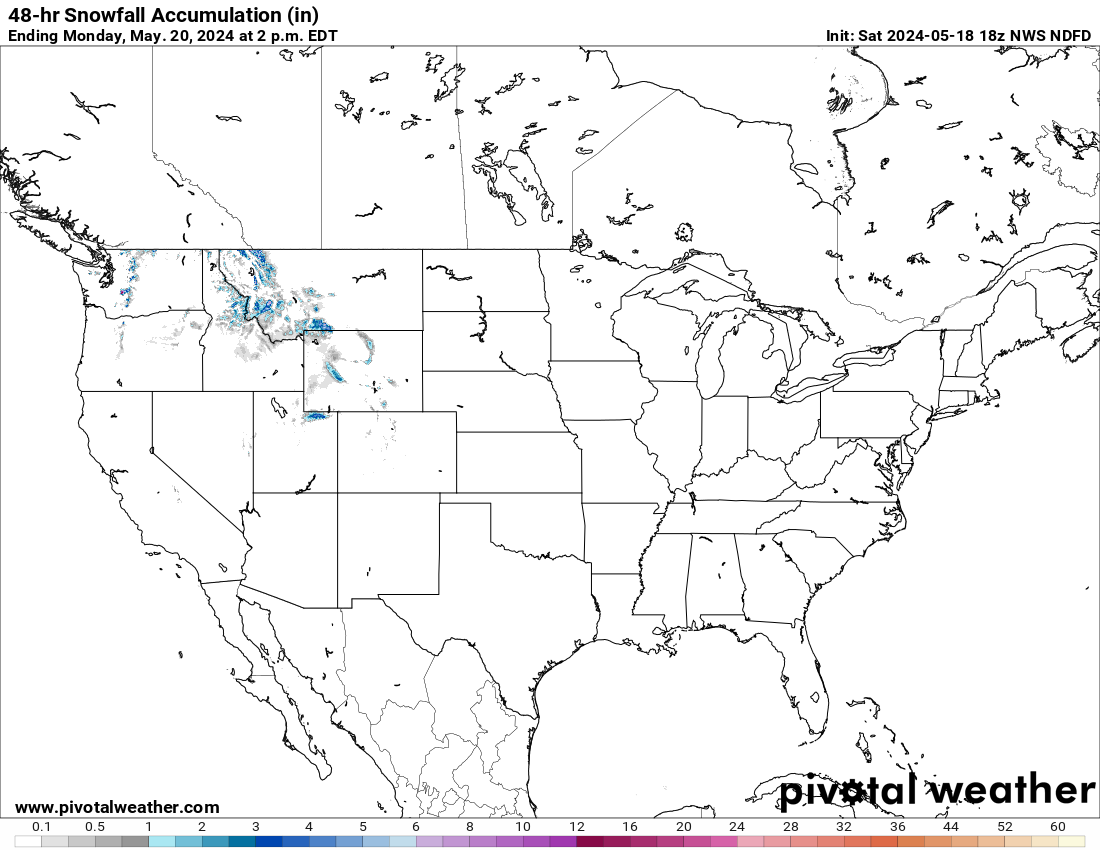Here you will find several useful weather radars, graphs, and other informational links. If there is anything you have questions about or have content you think should be added please leave feedback by clicking the link in the top left-hand side of the page. Thank you.
